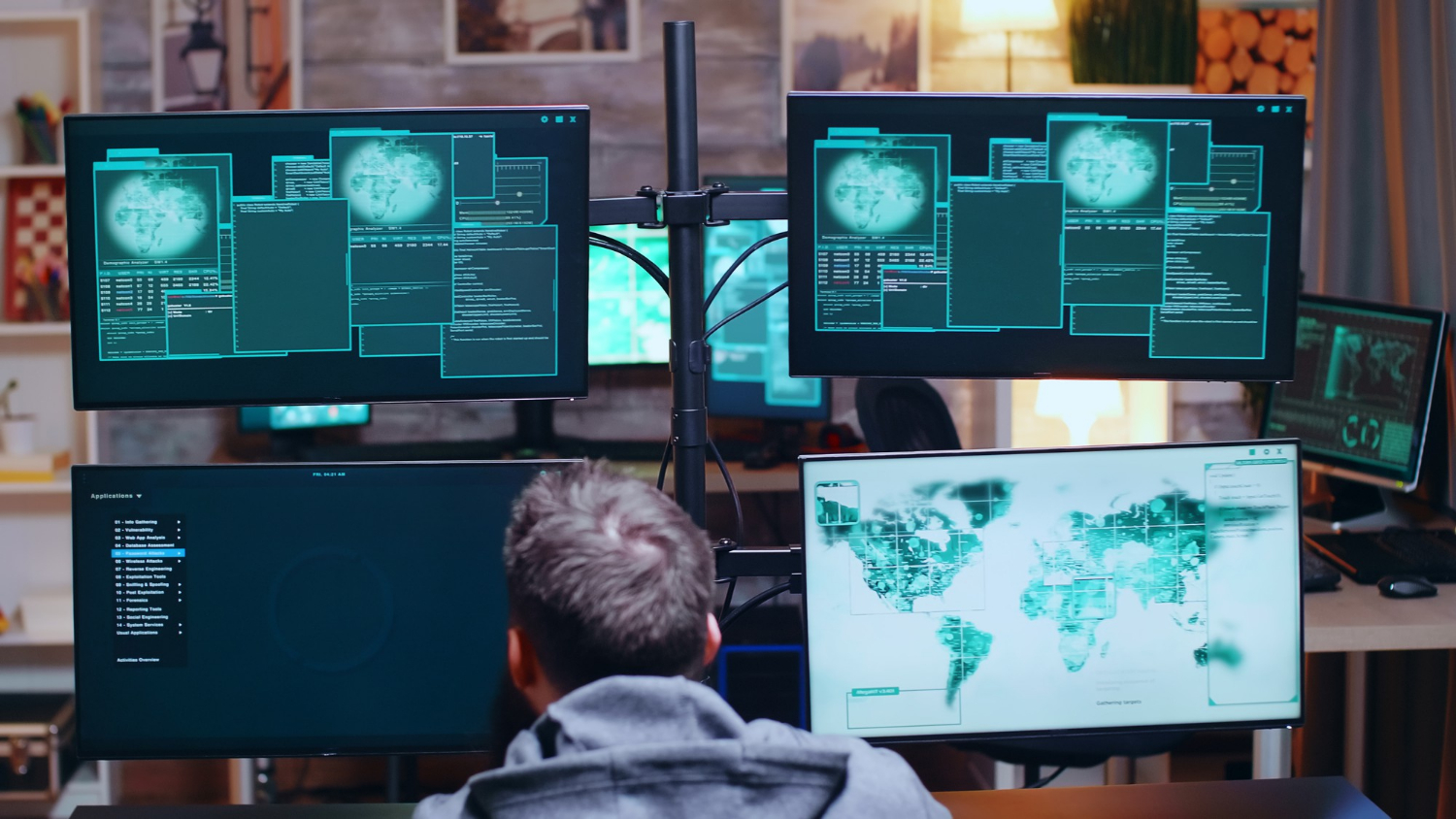Introduction
In the realm of modern law enforcement, forensic video analysis software has emerged as an indispensable tool for investigators. With the ability to extract valuable information from video footage, this software plays a crucial role in criminal investigations. Despite the challenges and obstacles faced, scientific video examination remains a vital component in the investigation and prosecution of crimes. As technology continues to advance, we can anticipate the development of even more innovative techniques and tools to aid analysts in uncovering the truth.
The Significance of Forensic Video Analysis
Forensic video analysis software enables investigators to uncover hidden details and evidence that may not be immediately apparent to the naked eye. By utilizing advanced algorithms and techniques, this software can enhance video footage, clarify images, and identify key elements that can be pivotal to solving a case. From identifying suspects to analyzing crime scenes, forensic video analysis plays a critical role in providing crucial evidence.
Advancements in Technology
As technology continues to evolve at a rapid pace, so does the field of forensic video analysis. Innovations in artificial intelligence and machine learning have revolutionized the capabilities of forensic video analysis software. These advancements have made it possible to automate certain processes, saving time and improving efficiency. Additionally, the integration of facial recognition technology has further enhanced the accuracy and reliability of forensic video analysis.
Overcoming Challenges
While forensic video analysis software has proven to be a valuable asset, it is not without its challenges. One of the primary obstacles faced by analysts is the sheer volume of video footage that needs to be analyzed. With the increasing prevalence of surveillance cameras, investigators are often inundated with hours of footage to review. However, advancements in video summarization and filtering techniques are helping to streamline the analysis process, allowing analysts to focus on the most relevant footage.
Future Developments
As the demand for forensic video analysis software continues to grow, we can anticipate further advancements in the field. Emerging technologies such as virtual reality and augmented reality have the potential to revolutionize the way video evidence is analyzed and presented in courtrooms. These immersive technologies can provide jurors with a more comprehensive understanding of the evidence, enhancing the effectiveness of forensic video analysis in the legal system.
Conclusion
Forensic video analysis software has become an essential tool in modern law enforcement, enabling investigators to extract valuable information from video footage. Despite the challenges faced, scientific video examination will continue to play a vital role in the investigation and prosecution of crimes. As technology advances, we can expect to see even more innovative techniques and tools being developed to help analysts uncover the truth. In the pursuit of justice, forensic video analysis software will remain a cornerstone of the criminal justice system.



